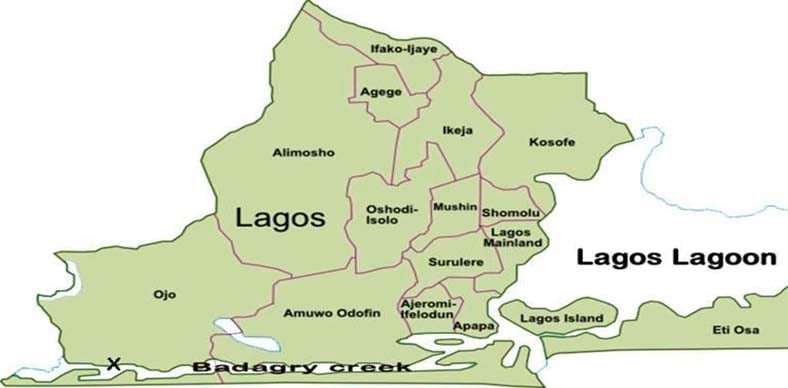Now Reading: China Plans Mass Evacuation as Super Typhoon Ragasa Slams Philippines
-
01
China Plans Mass Evacuation as Super Typhoon Ragasa Slams Philippines
China Plans Mass Evacuation as Super Typhoon Ragasa Slams Philippines

China’s southern coast is bracing for mass evacuations after Super Typhoon Ragasa ripped through the northern Philippines on Monday, unleashing gale-force winds, torrential rain, and widespread destruction.
Authorities in Shenzhen said they were preparing to evacuate more than 400,000 people from coastal and low-lying areas as the monster storm barrels toward Guangdong province.
The Philippine weather bureau confirmed Ragasa made landfall on Calayan Island, part of the Babuyan chain, at 3:00 pm local time (0700 GMT). By evening, the typhoon’s core was packing sustained winds of 215 km/h (134 mph), with gusts peaking near 295 km/h (183 mph).
“I woke up because of the strong wind. It was hitting the windows, and it sounded like a machine that was switched on,” said Tirso Tugagao, a resident of Aparri in Cagayan province.
On Calayan Island, roofs were torn from schools, trees toppled, and at least one person was injured. “There were eight coconut trees before. Now only four are still standing. That shows how strong this typhoon is,” said Herbert Singun, a local information officer.
More than 10,000 Filipinos were evacuated nationwide, with schools and government offices shuttered in Manila and across 29 provinces.
The ripple effects are already being felt across Asia. Cathay Pacific announced over 500 flight cancellations, with Hong Kong International Airport suspending operations from Tuesday evening until Thursday. In Taiwan, forecasters warned of “extremely torrential rain” as Ragasa’s vast 320-kilometre storm radius lashed the island.
Fire officials in Pingtung said evacuations were under way in mountainous regions prone to landslides. “What worries us is damage similar to Typhoon Koinu two years ago,” said officer James Wu, recalling a storm that ripped down utility poles and hurled metal roofs through the air.
The Philippines, which faces around 20 cyclones annually, remains among the world’s most disaster-prone nations. Officials warned of “severe flooding and landslides” in Luzon just as protests erupted over corruption scandals in flood-control projects.
Scientists say climate change is fuelling stronger and more destructive storms in the Pacific, leaving millions vulnerable to recurring disasters.





















